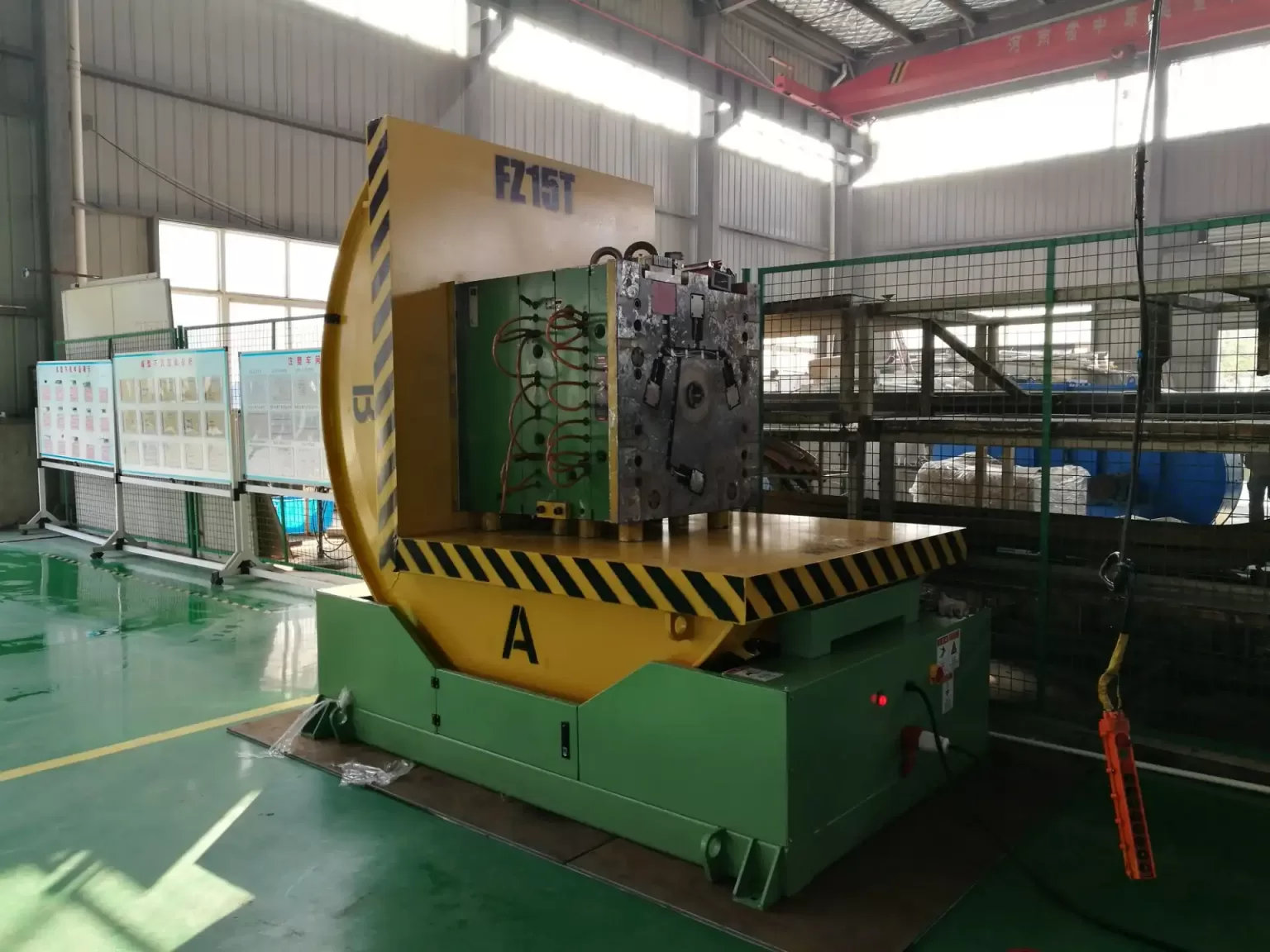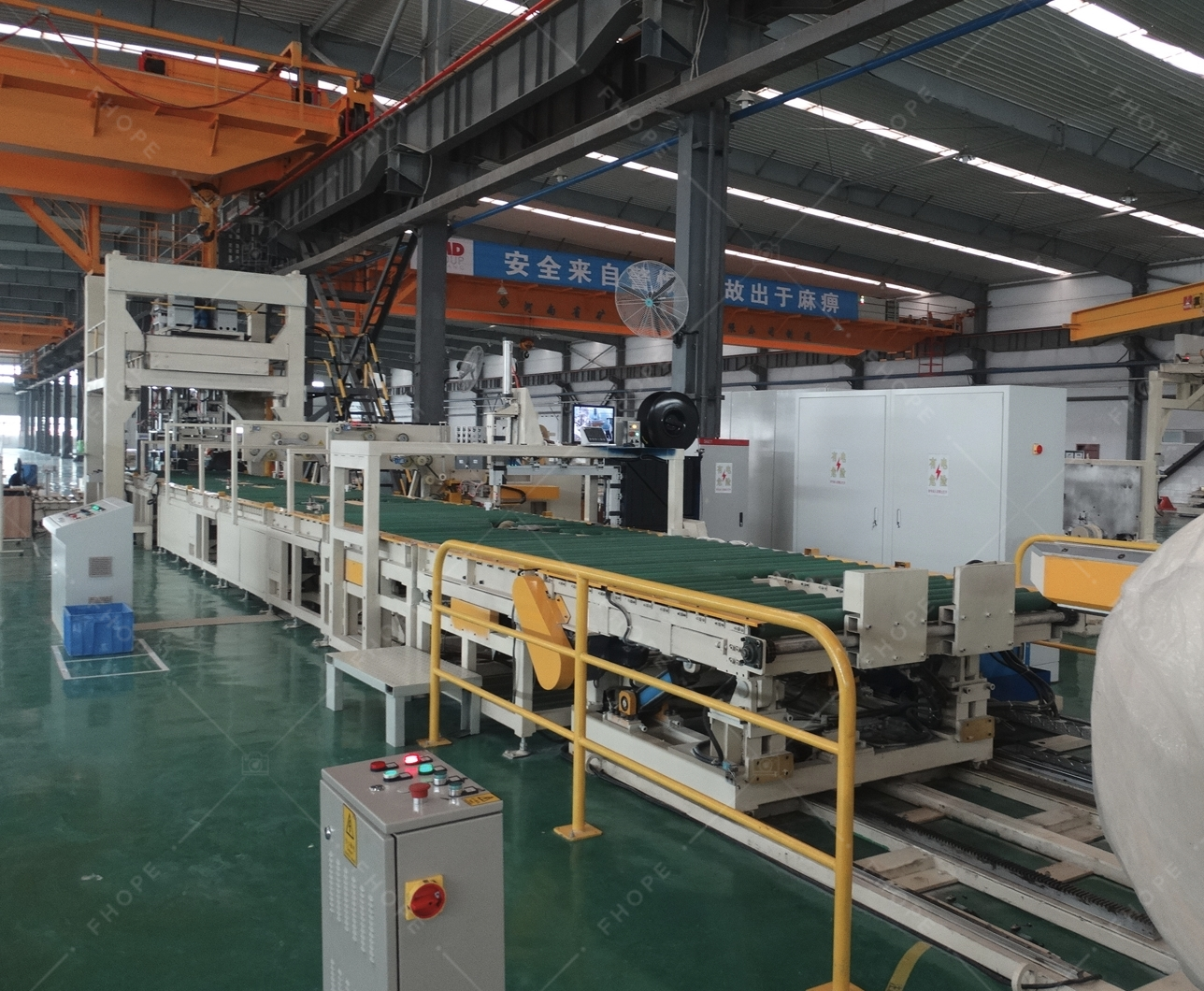1. What Are the Applications of Mold Upenders in Manufacturing?
Mold upenders are pivotal in modern manufacturing, especially where heavy molds are involved. These machines expertly rotate molds, enhancing both efficiency and safety on the production floor. Understanding their diverse applications reveals their indispensable role in streamlining manufacturing processes.
Mold upenders are primarily used in manufacturing to safely and efficiently rotate heavy molds and dies. Their applications span across mold maintenance, flipping for different production stages, and improving overall workflow in industries like automotive, aerospace, and plastics. By reducing manual handling, they enhance safety and productivity.
Mold upenders are not just pieces of machinery; they are essential tools that revolutionize how heavy molds are handled. Let’s delve into the specific applications that make them so valuable in the manufacturing landscape.
2. Enhancing Mold Maintenance and Repair
Mold maintenance is crucial for ensuring the longevity and performance of molds, and mold upenders significantly streamline this process. By allowing molds to be easily rotated, upenders provide complete access for thorough inspection and repair, reducing downtime and improving mold lifespan.
Mold upenders dramatically improve mold maintenance and repair by providing safe and easy rotation. This allows technicians full access to all mold surfaces for cleaning, inspection, and repairs, which is essential for preventing defects and extending mold life. The enhanced accessibility speeds up maintenance tasks and reduces the risk of damage during handling.

Streamlining Mold Inspection and Cleaning with Upenders
The traditional method of mold maintenance often involves cumbersome manual handling or the use of overhead cranes, which can be time-consuming and risky. Mold upenders eliminate these challenges by providing a stable and controlled platform for mold rotation. This not only enhances safety but also significantly improves the efficiency of inspection and cleaning processes.
Consider the detailed steps involved in mold maintenance and how upenders optimize each stage:
| Maintenance Task | Manual Handling Method | Upender-Assisted Method | Efficiency Improvement | Safety Improvement |
|---|---|---|---|---|
| Inspection | Limited access, requires repositioning with cranes. | 360° access by rotating the mold on the upender. | High | High |
| Cleaning | Difficult to reach internal cavities and bottom surfaces. | Easy access to all surfaces after rotation. | Medium | Medium |
| Repair Work | Unstable mold positioning, hindering precise repairs. | Stable and adjustable positioning for accurate repairs. | High | High |
| Part Replacement | Risk of dropping parts during manual turnover. | Secure and controlled rotation minimizes risk. | Medium | High |
| Overall Turnaround Time | Longer downtime due to complex handling. | Reduced downtime with faster and safer mold handling. | High | High |
As the table illustrates, the integration of mold upenders into maintenance routines brings about substantial improvements in both efficiency and safety. For instance, inspecting intricate mold details becomes significantly easier when the mold can be rotated to the optimal viewing angle without manual struggle. Similarly, cleaning tasks, which often require reaching difficult spots, are simplified as all mold faces become readily accessible. This ease of access not only speeds up the cleaning process but also ensures a more thorough cleaning, which is vital for maintaining mold precision and product quality. Moreover, during repair work, the stability provided by the upender allows technicians to perform tasks with greater precision and confidence, reducing errors and rework.
3. Streamlining Mold Flipping and Rotation
In many manufacturing processes, molds need to be flipped or rotated at various stages. Mold upenders are designed to perform these rotations efficiently and safely, which is crucial for processes like mold assembly, disassembly, and adjustments during production runs. This capability is especially important in industries that require frequent mold changes or adjustments.
Mold upenders are essential for streamlining mold flipping and rotation in manufacturing. They enable quick and safe repositioning of molds for assembly, disassembly, or in-process adjustments. This reduces manual handling, minimizes downtime, and accelerates production cycles, particularly beneficial in dynamic manufacturing environments.
Technical Advantages of Mold Flipping Mechanisms
The technical design of mold upenders is centered around providing precise and reliable rotation. Modern mold upenders incorporate advanced mechanical and hydraulic systems that ensure smooth and controlled movement, even with extremely heavy molds. These systems are designed to minimize vibration and stress on the mold, safeguarding against damage during the flipping process.
Here’s a deeper look at the technical aspects and advantages:
- Precise Rotation Control: Upenders are equipped with sophisticated control systems, often including programmable logic controllers (PLCs), that allow for precise degree rotation. This accuracy is critical when molds need to be positioned at specific angles for different operations.
- Load Capacity and Stability: Designed to handle a wide range of mold weights, from a few tons to several dozen tons, upenders maintain stability throughout the rotation. Features like robust steel frames, secure clamping mechanisms, and balanced platforms ensure the mold remains stable, preventing shifts or falls.
- Hydraulic and Mechanical Systems: Upenders utilize either hydraulic or mechanical drive systems, or a combination, to achieve the necessary power and control for rotation. Hydraulic systems are favored for their high power and smooth operation, while mechanical systems offer robust and reliable performance with potentially lower maintenance needs.
- Integration with Production Lines: Many upenders are designed for seamless integration into existing production lines. They can be equipped with features like conveyor interfaces or automated controls to synchronize with other machinery, further enhancing workflow efficiency.
- Safety Features: Safety is paramount in mold handling. Upenders come with multiple safety features, including emergency stop buttons, overload protection, and safety interlocks, ensuring operator safety and preventing accidents.
The integration of these technical features into mold upenders translates into tangible benefits for manufacturing operations. The enhanced control and stability reduce the risk of mold damage during flipping, which is crucial given the high value of these tools. The increased efficiency in flipping and rotation directly cuts down on production cycle times, allowing for quicker turnaround and higher output. Furthermore, the improved safety reduces workplace accidents, contributing to a healthier and more productive work environment.
4. Improving Safety and Ergonomics
Safety is a paramount concern in manufacturing, especially when dealing with heavy and unwieldy objects like molds. Mold upenders significantly enhance workplace safety by reducing the need for manual handling of molds. This minimizes the risk of worker injuries, such as strains and crushing incidents, and creates a more ergonomic working environment.
Mold upenders significantly improve safety and ergonomics in manufacturing by automating the heavy lifting and rotation of molds. This reduces manual handling, minimizing risks of injuries like strains and accidents, and creates a safer, more ergonomic workspace for operators.
Ergonomic and Safety Advantages in Mold Handling
Manual handling of heavy molds poses significant ergonomic risks and safety hazards. Workers are exposed to potential injuries from lifting, pushing, and maneuvering heavy loads. Mold upenders address these issues by automating the rotation process, thereby creating a safer and more ergonomic operation.
Consider the ergonomic and safety improvements in detail:
| Feature | Manual Mold Handling Risks | Upender-Assisted Mold Handling Benefits | Ergonomic Improvement | Safety Improvement |
|---|---|---|---|---|
| Lifting & Moving Molds | Back strains, muscle injuries, hernias. | Eliminates manual lifting and pushing. | High | High |
| Rotation & Flipping | Risk of crush injuries, dropped molds, instability. | Controlled rotation prevents accidents. | Medium | High |
| Positioning for Work | Awkward postures, repetitive strain injuries. | Molds positioned at optimal angles, reducing strain. | High | Medium |
| Operator Fatigue | Physical exhaustion leading to errors and accidents. | Reduces physical exertion, maintaining alertness. | Medium | Medium |
| Workplace Accidents | Higher incidence of accidents due to manual handling. | Automated handling reduces accident potential significantly. | High | High |
By reducing physical strain and the potential for accidents, mold upenders contribute to a healthier and safer work environment. Ergonomically, they eliminate the need for workers to adopt awkward or strained postures when handling molds, which is a major cause of musculoskeletal disorders. From a safety perspective, the controlled and stable operation of upenders minimizes the chance of molds being dropped or causing crush injuries. This not only protects workers but also prevents damage to the valuable molds themselves. The result is a more productive workforce, reduced injury-related downtime, and lower healthcare costs associated with workplace injuries.
5. Applications Across Diverse Manufacturing Sectors
Mold upenders are not confined to a single industry; their versatility makes them valuable across numerous manufacturing sectors. Any industry that uses heavy molds or dies can benefit from the efficiency and safety improvements offered by mold upenders.
Mold upenders find applications across a wide range of manufacturing sectors, including automotive, aerospace, plastics, rubber, and heavy machinery. They are essential wherever heavy molds and dies are used for production, maintenance, or storage, improving workflow and safety across diverse industrial landscapes.
From automotive manufacturing, where large molds are used to produce car body panels and components, to aerospace, requiring precision molds for aircraft parts, mold upenders play a critical role. In the plastics and rubber industries, where molds are frequently changed and maintained, upenders streamline operations and reduce downtime. Heavy machinery manufacturing also benefits, as upenders aid in the handling of massive molds for engine blocks and other large components. Even in general manufacturing and die casting, the application of mold upenders enhances productivity and safety. Their adaptability and robust design make them a universal solution for handling heavy molds in any manufacturing environment.
Conclusion
In conclusion, mold upenders are indispensable assets in modern manufacturing. Their applications in enhancing mold maintenance, streamlining flipping processes, improving safety, and their broad utility across diverse sectors highlight their value. By automating and optimizing heavy mold handling, mold upenders not only increase efficiency and reduce operational costs but also significantly improve workplace safety and ergonomics, making them a crucial investment for any manufacturing facility dealing with heavy molds and dies. Integrating automation solutions like mold upenders is key to achieving operational excellence and maintaining a competitive edge in today’s manufacturing landscape.

